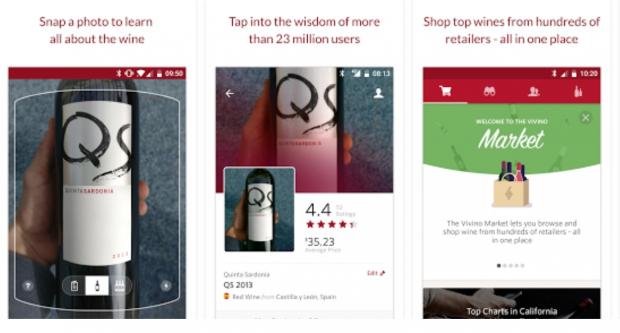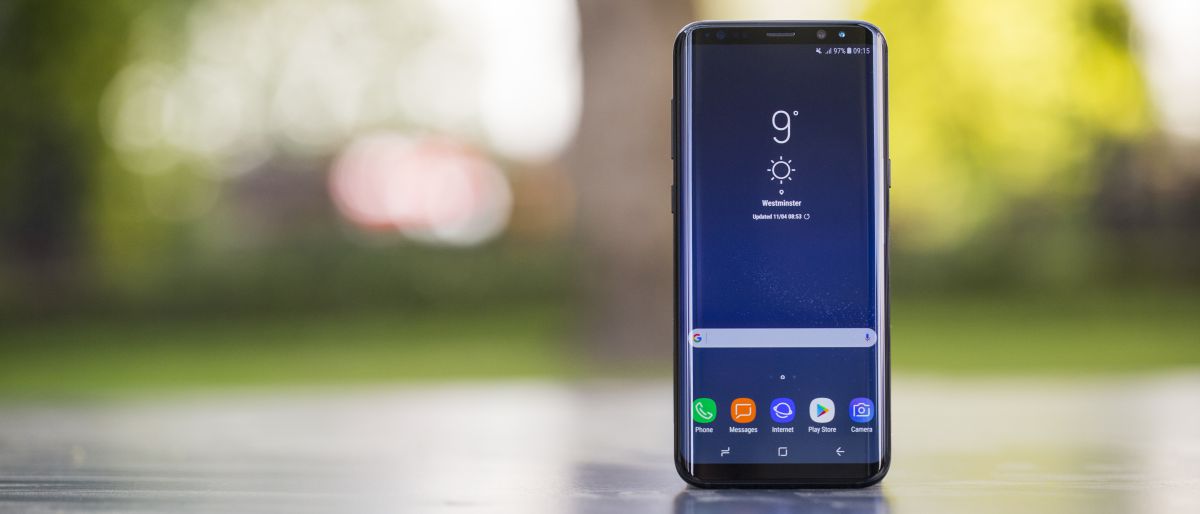It's hard to write a review of the Amazon Tap, the portable version of last year's Amazon Echo Bluetooth speaker, without sounding like somewhat of a hypocrite.
Last year, I asked for an internal battery and a way to bring the speaker to a friend's house or the beach without carting along a power cable. (I even complained that the cable, which was six feet long, was too short.)
On top of that, I wanted the Echo to sound more like the high-definition speaker that its $179 (about £125, AU$230) sticker price warranted, and less like a hollow, shallow-sounding audio player.
But worse, I dismissed Alexa, the Echo's built-in artificial intelligence, as a technological parlor trick with too few practical purposes – ironic considering that now I can't seem to go one day without asking her what's going on in the news or to play that song I heard on the radio.
The Amazon Tap rights many of these wrongs. It sounds better, thanks to dual stereo speakers. It's smarter, thanks to the constant monthly updates that have come to Amazon's AI. And, as you can plainly see, it's portable.
It should be the speaker I was pining for last year. But, it's not.
That's because instead of creating an intelligent speaker, the Amazon Tap is best described as an average Bluetooth speaker that just happens to have a handy personal assistant trapped inside its cylindrical shell.
While I complained about nearly everything else, the one rock-solid aspect of the Amazon Echo was that it can take commands from anywhere in your house, either by the sound of your voice if you're in the same room or by using the bundled remote control should you decide to wander out of Alexa's earshot.
Now? The only way to get Alexa to listen is by physically walking over to the speaker and pressing a button. There's no way to use the Alexa app on your phone and there's no option to enable an always-listening mode, even when the Tap is plugged into a wall.
The Tap isn't without some redeeming factors – i.e. the better-sounding drivers and the ability to unshackle Alexa from the confines of your home. But, admittedly, if you're not in urgent need for a smart speaker, it's probably worth waiting for Alexa's next inevitable incarnation or seeing how its upcoming competitor, Google Home, fares later this year.
Design
The Amazon Tap is its mother's child – the resemblance to the slightly taller, portlier Echo is uncanny. It only comes in one color (black) and its only distinctive marking is the silver Amazon logo that sits flush above the base of the unit.
But while the Echo was a husky cylinder at 9.25 inches tall and 3.27 inches wide, the Tap measures in at a mere 6.24 x 2.6 inches or 158.5 x 66mm (H x W) and weighs in at just over 1 pound.
The biggest difference from the Echo, however, is that the Tap is almost entirely coated in a mesh fabric. Inside the unit are two, 1.5-inch drivers, dual passive radiators and a battery that's capable of going nine hours on a charge.
There's also the Tap button on the front (emblazoned with a microphone) that the full-size Echo lacks, a quintet of inset media controls along the top of the cannister and power and Bluetooth sync buttons on the lower back side. Also new are the 3.5mm auxiliary audio jack and micro-USB port that's used to charge the Tap.
Ignoring the front button for a minute, the Tap is arguably well-designed. Controls on the top are welcome improvements on the Echo's minimalist facade, and a dedicated button for Bluetooth means your friends and family can use the Tap without going through the rigmarole of downloading the Amazon Echo companion app.
Where the design stumbles is that accessing Alexa, easily the most ground-breaking feature of the Tap, can only be done by physically walking over to the speaker and pushing a button. At that point, it's faster to pull out your phone and ask Siri anything that's on your mind.
But, choosing to willingly ignore the Tap's ability to act as a personal assistant means that the $130 (around £90, AU$170) speaker you just purchased is no better than the several dozen cheap, decent-sounding Bluetooth speakers on the market. No matter how you cut it, using Alexa on the Amazon Tap just isn't as convenient.
Performance
Where the Tap excels above and beyond its predecessor, however, is in its audio performance. While I felt music coming from the Echo was always muddled and had dulled mids and highs, the Tap performed extraordinarily well given its size.
The music I played on it – a mix of rock, electronic and rap – sounded astoundingly clear, with better tonality and more accurate details than several other Bluetooth speakers I've tested recently. If I had to place it somewhere in the pantheon of speakers, the Tap comes in well above both the Beats Pill and Bose SoundLink Mini, but doesn't quite rank quite as high in my book as Creative's Sound Blaster Roar 2 or the Razer Leviathan Mini.
The Tap can draw on two sources for audio, either directly from your mobile device via Bluetooth or, if it's connected to a Wi-Fi network, from streaming services like Spotify, Pandora, iHeartRadio, TuneIn and, of course, Amazon Prime Music.
Connecting the device to the services you want to use is done through the still-rather-clunky Amazon Alexa companion app. But, the good news is that once you're connected, you really don't need to spend too much more time with it.
Songs ultimately sound a bit better when using Amazon's native streaming service than when you use your mobile device but the difference is a minor, almost imperceivable one.
It's all in the family...
Here's a good place to point out that the Amazon Tap is one of three devices put out by the Washington-based online e-tailer that uses an artificial intelligence.
I've written at length about the Amazon Echo, the Tap's full size predecessor, but what I haven't mentioned so far is that there's also the Amazon Dot, an even smaller speaker with a built-in microphone that works similarly toChromecast Audio.
All the devices are tied together by Alexa, this sort of nebulous personal assistant similar in many regards to Siri on Apple devices and the phrase "OK Google" on Android.
Two years on and Amazon's grand experiment is that it's still going, showing no signs of slowing down. Alexa receives more updates than my Amazon Fire TV or the Kindle, and the team of developers have proven time after time that they really care about feedback.
Alexa, as an AI, used to feel more like a fun parlor trick that I could show off at a dinner party, rather than a full-fledged personal assistant, like the other two. And, it'd be more practical to use it over going and turning on my computer or pulling out my phone if I didn't have to physically walk over to the Tap to turn it on.
The recent additions of information about local businesses alongside popular third-party apps, like Uber and Dominos, are a big step forward, and shows that other companies are taking notice of Alexa and want to integrate their services with it. It's validation that this project has become bigger and more important to Amazon than anyone could have predicted.
There's still growing to do, though. Alexa doesn't handle deep knowledge questions very well (it won't answer questions like, "Who was the President in 1954?") but it's an exponentially smarter system than what I saw within the Amazon Echo when it was widely released a year ago.
Final verdict
The Tap is full of contradictions. The main attraction here is still Alexa, but using her has become more hassle than it's worth – both due to the time it takes to walk over and press the speaker button, and the (albeit dwindling) limitations of Alexa's capabilities.
Sure, she's better than ever at understanding everything from music requests (a feature that works better if you're an Amazon Prime subscriber) to local restaurant information from Yelp. Yet, Alexa just isn't as feature-rich as Siri or Google.
Asking something like, "Who's the best player on Real Madrid?" or, "What year did Super Mario Bros. come out?" won't turn up anything. Another hurdle for the Echo is that it's not dialed into my email and mobile contacts in the same way Siri or Cortana are, meaning that sending a quick message to my friends or calling my parents from the Tap isn't possible yet.
But, I'm optimistic that Alexa will only grow more capable, if only based on the tremendous progress the development team has made in Alexa's second year of life.
If Amazon could figure out some way to keep Alexa always on – even if that was just when the speaker was plugged into the wall – the Tap would be an all-around better product than the Echo. But, that major caveat, alongside the fact that the Tap turns to Amazon Prime for most music requests (thus creating problems for non-Amazon Prime subscribers), means that the Tap only makes sense as a novelty purchase rather than a pragmatic one.
Editor's note: We've reached out to Amazon about UK/AU pricing and availability details, and will update this review once we know more.

















No comments:
Post a Comment